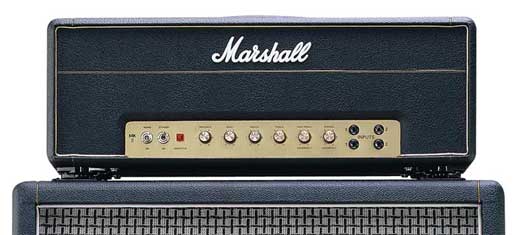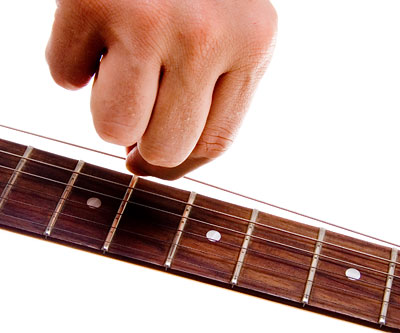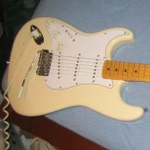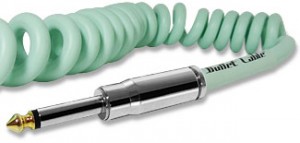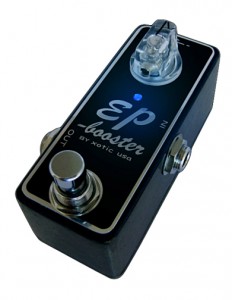With so many overdrive pedals on the market, it is difficult to pinpoint which ones are the best as it’s highly a matter of personal taste. However, there are a few overdrives out there that are loved and highly respected by many (us included) that really are set apart from the rest. So lets take a look at some of the best overdrive pedals out there.
Klon Centaur
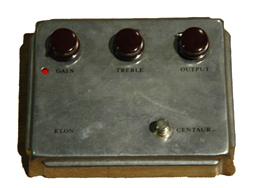 The Klon has been around since the mid-’90s and earned its reputation by being used by many famous acts including Jeff Beck, Metallica, and Pearl Jam to name a few. Many find the Klon to be one of the most transparent overdrives out there, so it tends to stack well with other pedals. Many also describe the it to be like its own little amp in a way, so it is great when faced against any amp. With the ability to get a beautiful clean boost, to a nice beefy sweet-sounding overdrive, there are many possibilities even with only its 3 controls (output, treble, drive). Some will use it as a treble booster and others to fatten up their tone. All and all, the Klon is the overdrive people that many put on the top of their list and if could only own one pedal, that would be it.
The Klon has been around since the mid-’90s and earned its reputation by being used by many famous acts including Jeff Beck, Metallica, and Pearl Jam to name a few. Many find the Klon to be one of the most transparent overdrives out there, so it tends to stack well with other pedals. Many also describe the it to be like its own little amp in a way, so it is great when faced against any amp. With the ability to get a beautiful clean boost, to a nice beefy sweet-sounding overdrive, there are many possibilities even with only its 3 controls (output, treble, drive). Some will use it as a treble booster and others to fatten up their tone. All and all, the Klon is the overdrive people that many put on the top of their list and if could only own one pedal, that would be it.
Ibanez TS-808 Tubescreamer
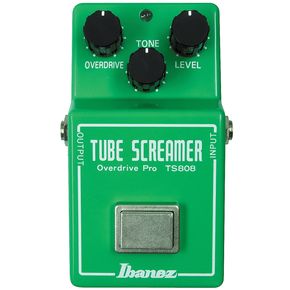 Next in line for best OD pedal is the TS-808, famously used by the late master blues guitarist, Stevie Ray Vaughan. Much like the name, the TS-808 makes your amp scream so-to-speak, that is it helps a tube amp get pushed. The result is a smooth overdrive, with the perfect amount of bite. I really like that it sounds organic and keeps your guitar tone well in tact, while adding all the right colors. If you are looking for an overdrive that can deliver a sizzling blues tone, than the TS-808 is it! View it on Amazon.
Next in line for best OD pedal is the TS-808, famously used by the late master blues guitarist, Stevie Ray Vaughan. Much like the name, the TS-808 makes your amp scream so-to-speak, that is it helps a tube amp get pushed. The result is a smooth overdrive, with the perfect amount of bite. I really like that it sounds organic and keeps your guitar tone well in tact, while adding all the right colors. If you are looking for an overdrive that can deliver a sizzling blues tone, than the TS-808 is it! View it on Amazon.
Marshall Bluesbreaker 1
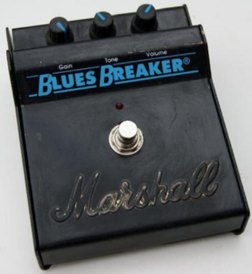 While being a low gain pedal, the Marshall Bluesbreaker 1 (not to be confused with the 2nd reissue) has been used extensively by John Mayer. Word on the street is that he was even snatching many of them up on Ebay. Some describe the BB-1 as a one trick pony, but it does that trick very well. It delivers the definitive vintage Marshall tone reminiscent of players like Jimi Hendrix and Jimmy Page. The Bluesbreaker of course really suits the blues, creating a smooth, fat, warm, on-the-edge-of-breakup tone that really has those nice subtle dynamics in the pick attack. Just a stellar pedal.
While being a low gain pedal, the Marshall Bluesbreaker 1 (not to be confused with the 2nd reissue) has been used extensively by John Mayer. Word on the street is that he was even snatching many of them up on Ebay. Some describe the BB-1 as a one trick pony, but it does that trick very well. It delivers the definitive vintage Marshall tone reminiscent of players like Jimi Hendrix and Jimmy Page. The Bluesbreaker of course really suits the blues, creating a smooth, fat, warm, on-the-edge-of-breakup tone that really has those nice subtle dynamics in the pick attack. Just a stellar pedal.
Well there you have it. These are what we feel are the best overdrive pedals out there. What do you think is the best overdrive? Feel free to post in the comments section.
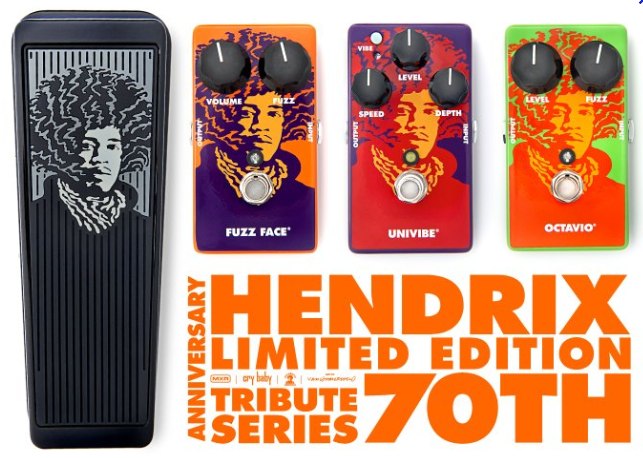
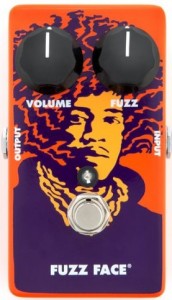
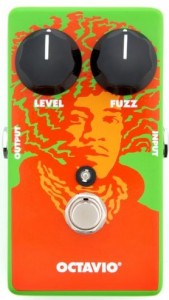
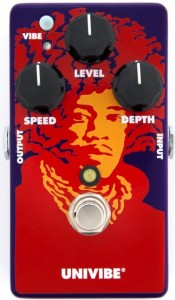 Dunlop Jimi Hendrix Limited Edition Univibe 70th Anniversary Tribute Series
Dunlop Jimi Hendrix Limited Edition Univibe 70th Anniversary Tribute Series
 Amps
Amps Pedals
Pedals